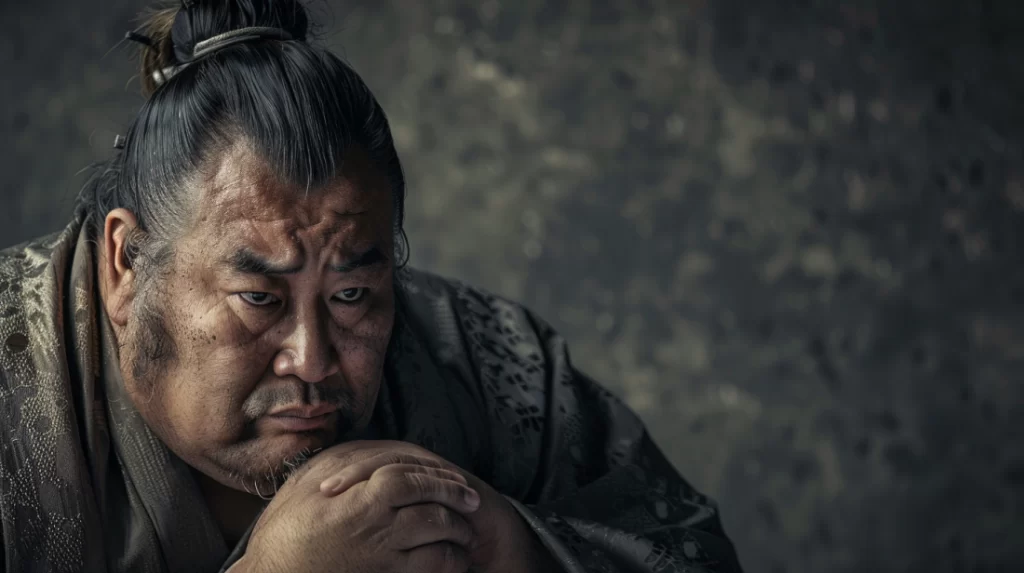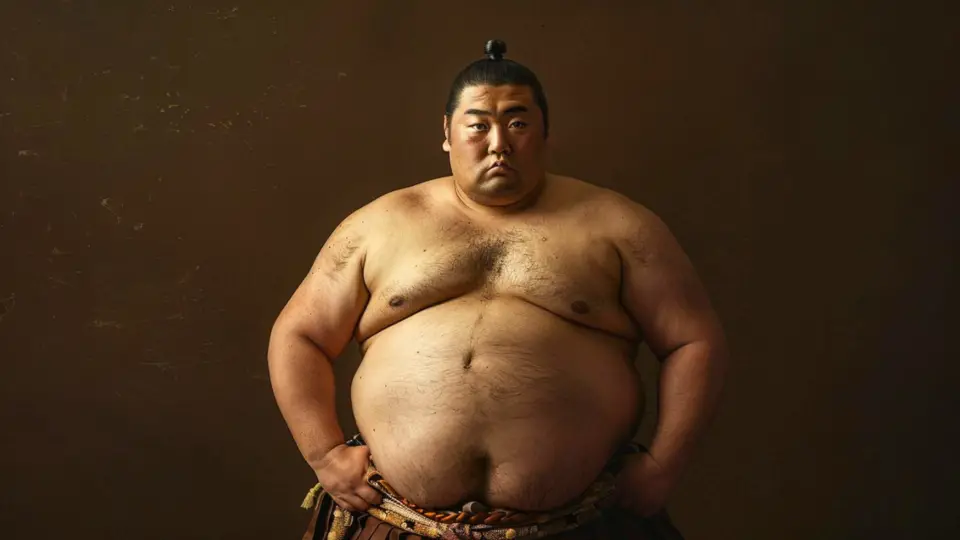Sumo wrestling, Japan’s national sport, is not only a competition of strength and technique but also a ceremonial spectacle deeply rooted in Shinto, Japan’s indigenous faith. This ancient sport, believed to have originated over 1,500 years ago, serves not only as entertainment but also as a living tradition that preserves and celebrates the spiritual and religious practices of Shinto. The interweaving of sumo and Shinto rituals highlights a fascinating cultural synthesis that underscores the importance of spirituality in Japanese public life and sports.

Historical Origins
The origins of sumo can be traced back to the Kojiki and Nihon Shoki, the oldest chronicles of Japanese history, which describe how the possession of the Japanese islands was determined by a sumo bout between gods. This mythological significance imbues the sport with a sacred status, making it a ritual rather than mere physical contest.
Shinto Rituals in Sumo
Purification and Salt Tossing
Before the start of each match, wrestlers participate in a series of Shinto rituals aimed at purifying the ring. The most visible of these is the throwing of salt, which is believed to cleanse the dohyō (sumo ring) of evil spirits and ensure the safety of the wrestlers. This act of purification is central to Shinto practices, which place great emphasis on purity and cleanliness.
Ring-Entering Ceremonies
The dohyō-iri, or ring-entering ceremony, is another significant ritual that features sumo wrestlers performing specific movements at the edge of the ring. For yokozuna, the highest rank in sumo, the ceremony is particularly elaborate and is performed alone. The ritualistic dance and movements are a display of strength and are meant to attract the favor of the kami, or Shinto gods.
READ MORE: 25 Amazing Things About the Sumo Legend Akebono
Prayer and Offerings
Each sumo tournament begins with a ritual where a referee, dressed in the garb of a Shinto priest, makes offerings of sake, salt, and other items to the kami. This ceremony is conducted to pray for a successful and injury-free tournament. It emphasizes the spiritual dimensions of sumo, situating the sport within the context of divine observance and blessing.
Sacred Space
The dohyō itself is considered a sacred space. Constructed from clay and sand, it is ritually purified with salt and blessed before the tournament. At its center lies a small roof, similar to that found in Shinto shrines, which symbolizes the presence of the kami overseeing the matches.
Emblems and Garments
Sumo wrestlers wear silk aprons called kesho-mawashi during certain rituals, which are richly embroidered with symbols often derived from Japanese mythology and Shinto. These garments, worn during the dohyō-iri, serve both as spiritual armor and as markers of the wrestler’s status and identity.
READ MORE: 20 Amazing Things About Sumo Wrestling: Japan’s Grand Sport
Cultural and Spiritual Significance
The integration of Shinto rituals in sumo is not merely for tradition’s sake but serves to elevate the sport to a spiritual exercise, connecting spectators and participants with Japan’s religious heritage. Sumo matches are seen as microcosmic battles between deities, with the human wrestlers as proxies. This adds a layer of communal and spiritual significance to the outcomes of the matches.
Conclusion
In sumo wrestling, the fusion of sport and Shinto rituals creates a unique cultural and religious spectacle that distinguishes it from other sports. It is a profound expression of Japanese spirituality and social values, encapsulating themes of purification, respect for the divine, and the pursuit of harmony. As sumo continues to be practiced and watched, these rituals ensure that it remains tethered to its sacred roots, providing a direct line to Japan’s ancient past and its ongoing cultural narrative. Sumo, therefore, is more than just a sport; it is a celebration of life’s spiritual dimensions, played out in the sandy ring of the dohyō.


